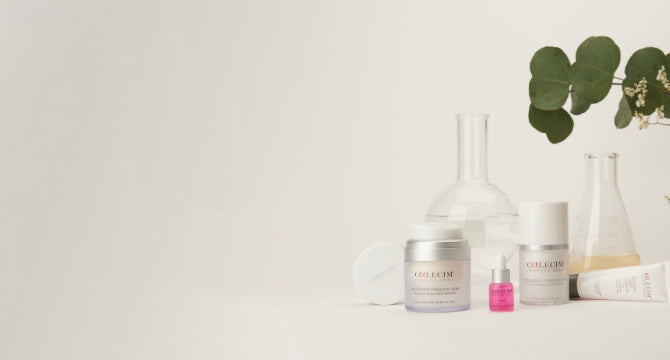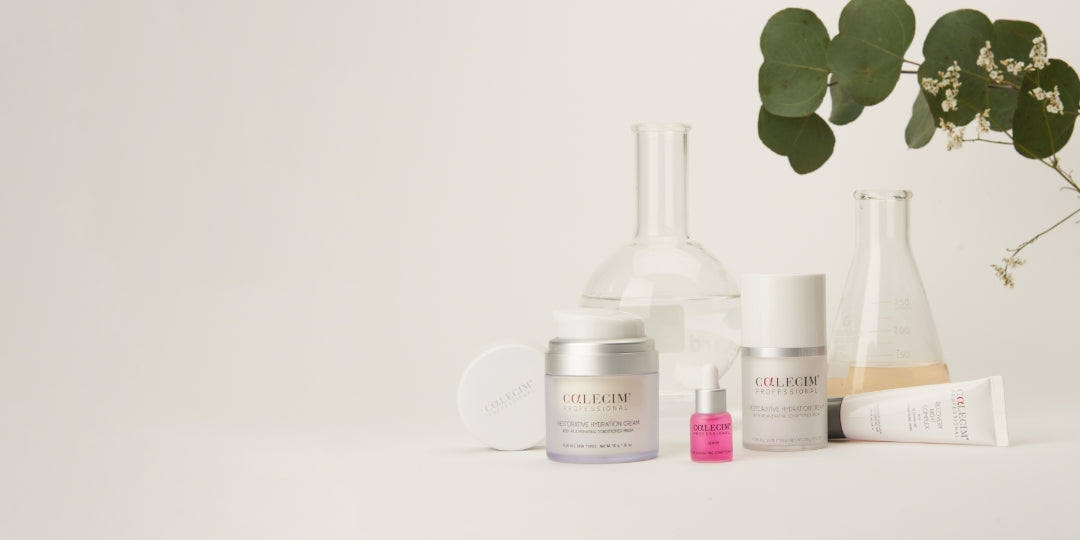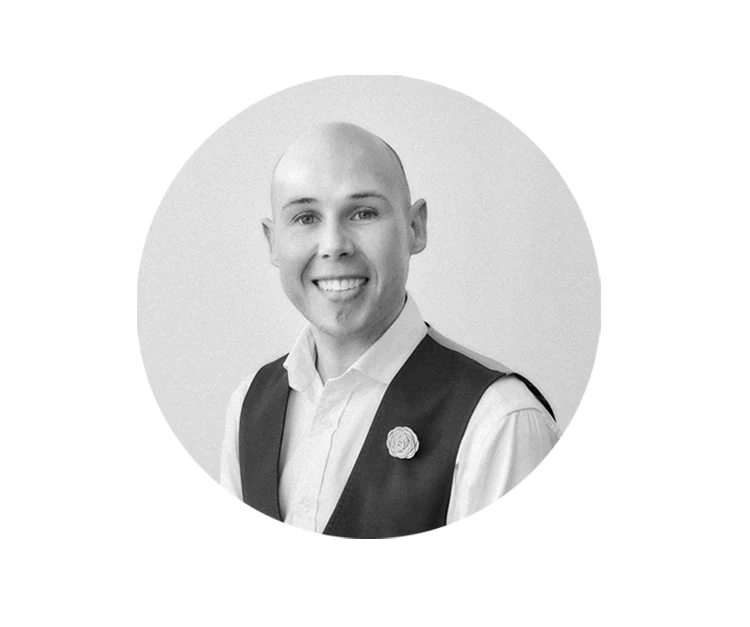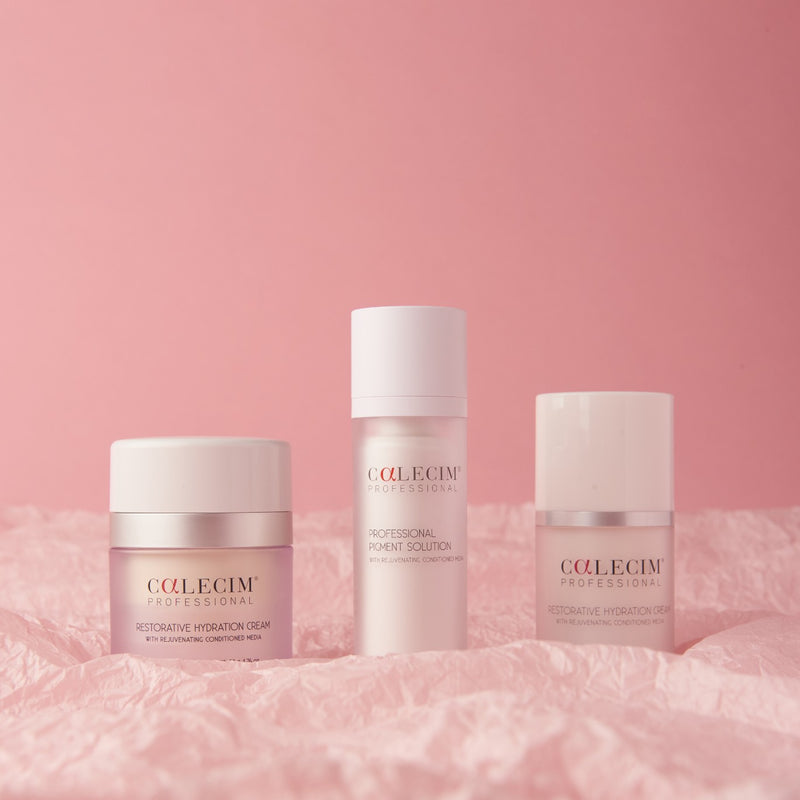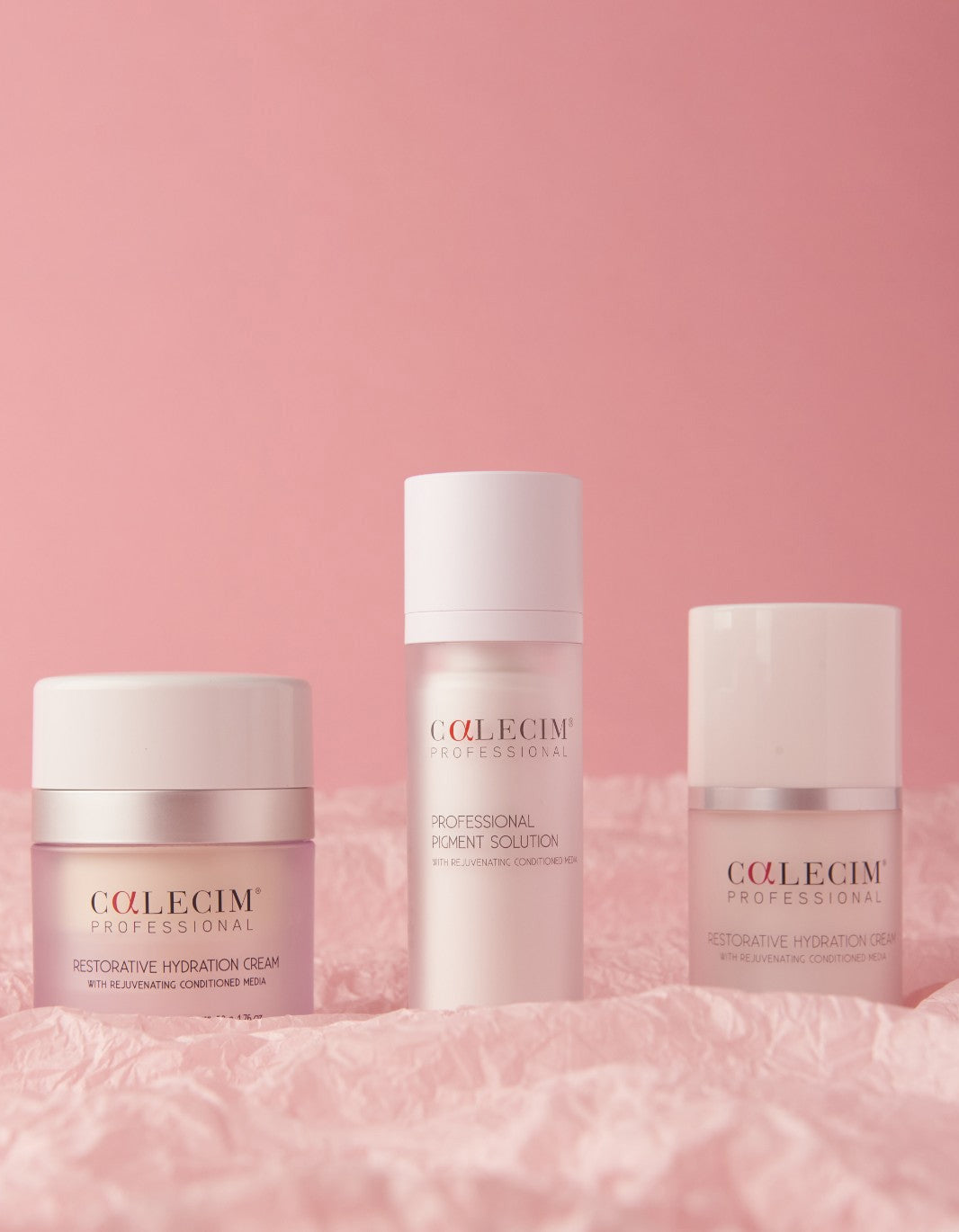Case Study: Treating Acne Scars
Aesthetics Journal, Volume 6/Issue 10, March 2019

Background
Acne vulgaris is a common skin condition affecting 650 million people worldwide with a 95% prevalence of acne in adolescence. It is reported that 12-14% of cases will continue into adulthood with psychosocial effects and 20-35% will develop moderate to severe acne that has an increased risk to cause textural skin changes to the superficial and deep dermis.
These dermal changes result in permanent scarring of the skin, leading to substantial physical and psychological distress, particularly in adolescents. It is crucial that acne treatments are sought early on, and that acne scarring is not overlooked, in order to reduce the incidence of psychological distress. For this reason, treatments should be effective and delivered in a timely manner.
Assessment
A 24-year-old female presented in clinic and informed me that she had suffered with acne since adolescence. She sought treatment advice for acne scarring however, upon consultation and examination, she still had acneic lesions to her cheeks and forehead. Her acne was assessed as moderate which presents as open and closed comedones, papules and pustules. There was also evidence of scars that had already formed from previous lesions.
We discussed the importance of treating her active acne in the first instance and gaining control over the occurrence of new lesions, before exploring scar treatments. She had a past history of both topical and systemic antibiotic use, of which she had not found to be effective in gaining control of new lesions. She stated that she was keen to explore non-antibiotic routes. She had considered systemic isotretinoin via her GP referral, but after reviewing side effects, felt she did not want to pursue this.
Treatment Plan
Initial treatment for six weeks with topical treatments, including retinol 1%, salicylic acid 2%, a gentle gel cleanser and mineral UV protection, was advised to begin with. This simple regime was recommended so as to target the pathogenic factors of acne through the downregulation of excessive sebum production and inflammation, and decrease corneocyte adhesion and microbial activity. The mineral UV protection was advised to reduce the occurrence of PIH.
I reviewed the patient at six weeks where I noted that there was improvement to her overall lesion count. The patient was also pleased and encouraged that the regime was working. Prior to starting, I had advised that it may take up to six weeks until she saw the beginning of lesion control, and 12 weeks for significant improvement. I advised the patient to continue the topical regime for another six weeks. There was no need to change anything as her progression was as expected.

I reviewed the patient again at 12 weeks and I was pleased with her progress. She had no acneic lesions present and visibly-reduced comedones. A plan was made to begin treatment for scarring using my protocol. The patient was asked to remain on the skincare throughout the course of treatments to maintain acne lesion control. To start the protocol, I cleansed the skin and then applied the Enzyme Re-Texturising Peel from AlumierMD for five minutes. The purpose of this aspect of the treatment was to prepare the skin for application of Calecim Professional cord-lining stem-cell conditioned media during and following microneedling. Fruit enzymes are able to effectively degrade the tight epidermal junctions of keratinocytes and permeabilise the skin barrier for topical formulation absorption.
Whilst microneedling alone provides micro-conduits for deeper skin delivery of stem-cell conditioned media molecules, the de-keratinised skin will improve the passage of the cord-lining conditioned media to pass into the whole epidermal surface. Following the enzyme peeling, a thick layer of LMX4 topical anaesthetic cream was applied for 20 minutes and half of the LMX4 was then removed from one side of the face and cleansed with Clinisept+. The summary of product characteristics for LMX4 states that treatments should be performed soon after removal to ensure comfort, therefore, I choose to remove topical anaesthetic from only one side to allow the other side to continue the anaesthetic effect and maintain comfort when treated.
It should be noted that just as the de-keratinised skin will allow for greater permeability of topical therapeutics, it will also increase topical anaesthetic absorption, and consideration should be made for lidocaine toxicity and medical history interaction. On the positive side, topical anaesthetics that are applied to skin surfaces that have been de-keratinised show a greater degree of effect in less time. I then began the microneedling stage on the cleansed half of the face. Calecim Professional Serum was applied to the skin throughout the procedure as a skin glide. Microneedling to the whole area was treated at a depth of 0.5mm to bony areas and 1mm to non-bony areas.
The needling pattern was provided in small sections as a back and forth glide, with slight overlap, travelling back again, and then cross-hatching in the same glide motion. A second pass of microneedling at 1.5-2mm was then performed to focus specifically over scars. This second pass allows for micro-conduits to be placed at varying depths within the scar tissue. The LMX4 was removed from the other side of the face and cleansed again with Clinisept+. The process was repeated to this side. The Calecim Serum was then gently pressed onto the skin of the whole face until half the bottle (2ml) was used. Once dry, a sterile gel was applied to the whole face. I use a non-cytotoxic hydrogel that is provided with the SkinPen Precision microneedling cartridge. This aims to support a moist wound-healing environment while hydrating the skin.

The patient was then bathed under the SlimFit LED mask using a combination of red, blue and near infrared LED light, with frequencies 415 nm, 630 nm and 830 nm, for 20 minutes. This dual therapy acts to provide antibacterial (blue light), fibroblast stimulating (red light), and wound healing (near infra-red) benefits.
Aftercare was discussed and the remaining half bottle, plus another bottle, of Calecim Serum was given to the patient to apply regularly over the next 24 hours. Following this application, the patient was advised to apply the aqueous gel used previously. A bland colloidal oat-based cream was given to be applied for three days. This acts to supports a non-inflammatory path for skin remodeling and supports barrier repair and renewal.
I then recommended that the patient continue her normal skincare regime, as previously advised, to maintain acneic lesion control. She had a further two treatments of the whole protocol, spaced six weeks apart.
Results
The patient was able to achieve near total scar recovery within her treatment course. I reviewed her six weeks’ after her third treatment and she was delighted with the results. There were no complications experienced throughout the treatment course, other than transient erythema for one to two days and dry flaking skin for up to one week. Our next plan is for the patient to remain on her advised skincare for acne management and to return once a year, for single treatments of my protocol, to maintain her skin appearance.

Summary
Acne has a large prevalence in society, particularly in younger individuals. If not effectively managed in a timely manner, both physical and psychological scarring can occur. The case study I have presented has shown how, in my practice, I am effectively treating acne scarring, as well as other applications of effective skin functioning and form, such as textural improvements too.
















